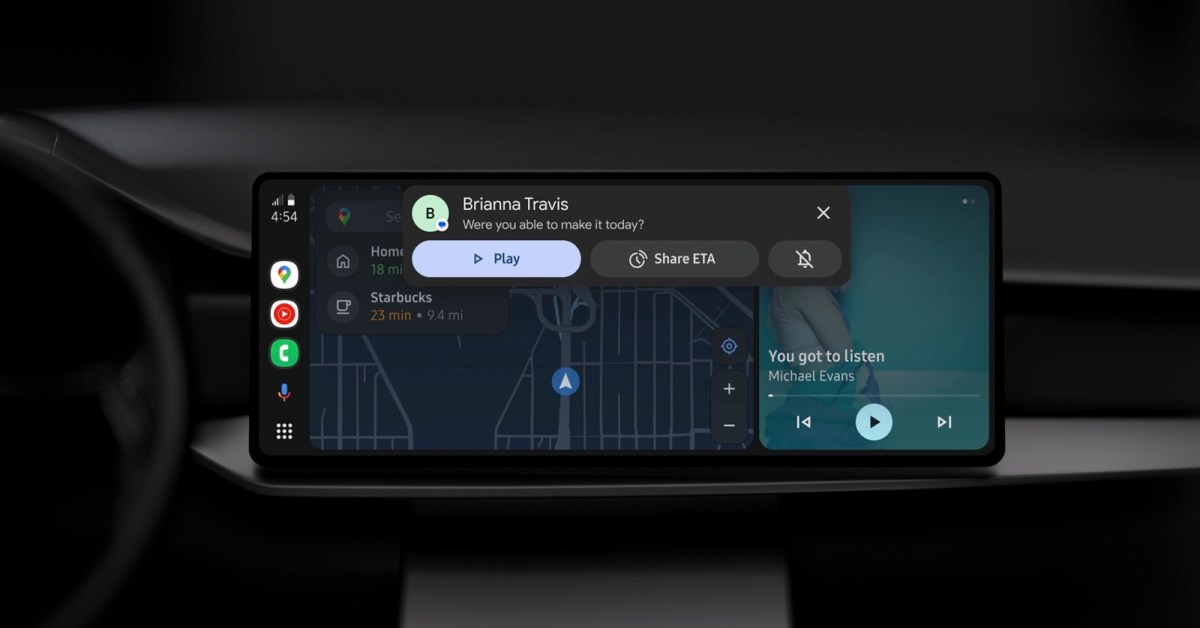Peek into the Future: Android Auto's Secret Glasses Reveal

Google is pushing the boundaries of in-car technology with a potential groundbreaking feature for Android Auto. Recent analysis of the latest beta version reveals an exciting possibility: full smart glasses integration that could revolutionize how drivers interact with their vehicle's infotainment system.
The APK breakdown suggests that Google is actively working on seamlessly connecting smart glasses technology with Android Auto, promising a more immersive and hands-free driving experience. This development could transform how drivers access navigation, receive notifications, and interact with their vehicle's digital ecosystem without taking their eyes off the road.
While details remain limited, the potential integration hints at a future where smart glasses become an extension of the automotive interface, offering unprecedented convenience and safety for tech-savvy drivers. As the automotive and wearable technology landscapes continue to converge, this development represents an innovative step forward in connected driving experiences.
Tech enthusiasts and Android Auto users should stay tuned for official announcements and further details about this promising smart glasses integration.
